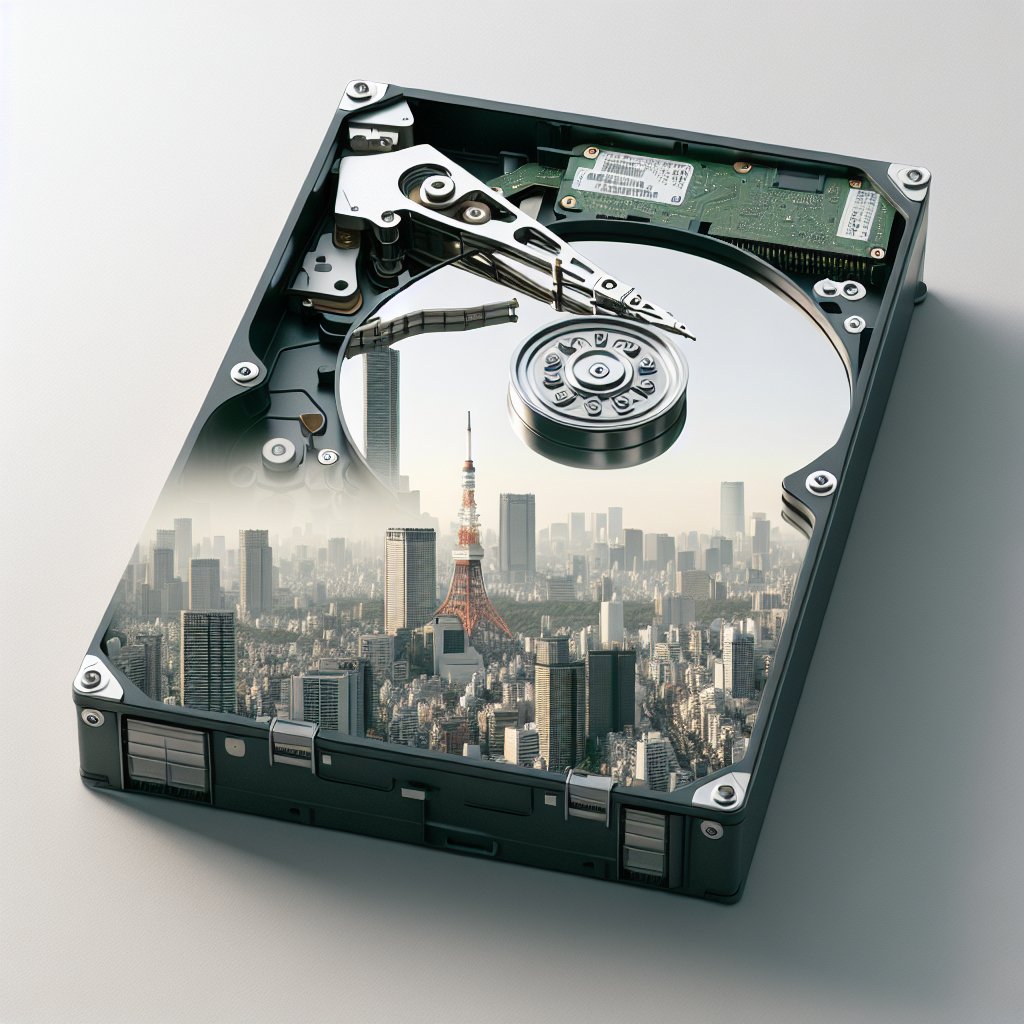Recovering data from a physically damaged hard drive can be a daunting task, but with the right tools and knowledge, it is possible to retrieve valuable information. This article will guide you through the process, from understanding the types of physical damage to employing specialized recovery software and techniques.
Understanding Physical Damage
Before diving into the recovery process, it is crucial to understand the types of physical damage that can affect a hard drive. Physical damage can be categorized into several types, each requiring a different approach for data recovery.
Mechanical Failures
Mechanical failures are among the most common types of physical damage. These failures can occur due to wear and tear, manufacturing defects, or external factors such as drops and impacts. Common symptoms of mechanical failures include unusual noises, such as clicking or grinding sounds, and the inability of the drive to spin up.
Electronic Failures
Electronic failures involve damage to the hard drive’s circuit board or other electronic components. This type of damage can result from power surges, faulty power supplies, or liquid spills. Symptoms of electronic failures include the drive not being recognized by the computer or showing no signs of power.
Firmware Corruption
Firmware corruption occurs when the software that controls the hard drive’s operations becomes damaged or corrupted. This can happen due to software bugs, malware, or improper updates. Symptoms of firmware corruption include the drive being recognized with incorrect parameters or not being recognized at all.
Initial Steps for Data Recovery
Once you have identified the type of physical damage, the next step is to take initial measures to prevent further damage and increase the chances of successful data recovery.
Power Down the Drive
If you suspect physical damage, immediately power down the hard drive to prevent further harm. Continuing to use a damaged drive can exacerbate the problem and make data recovery more difficult.
Assess the Damage
Carefully inspect the hard drive for visible signs of damage, such as dents, cracks, or burnt components. This assessment will help you determine the extent of the damage and the appropriate recovery approach.
Consult a Professional
If the damage appears severe or if you are unsure about the recovery process, it is advisable to consult a professional data recovery service. These services have specialized equipment and expertise to handle physically damaged drives.
Using Recovery Software
For less severe cases of physical damage, recovery software can be an effective solution. These tools are designed to bypass damaged areas and retrieve accessible data. Here are some steps to follow when using recovery software.
Selecting the Right Software
There are numerous data recovery software options available, each with its own features and capabilities. Some popular choices include:
- Recuva: A user-friendly tool suitable for recovering files from damaged drives.
- EaseUS Data Recovery Wizard: Known for its comprehensive scanning and recovery options.
- Stellar Data Recovery: Offers advanced features for dealing with physically damaged drives.
Installing the Software
Install the chosen recovery software on a different computer or a separate drive to avoid overwriting any data on the damaged drive. Follow the installation instructions provided by the software vendor.
Connecting the Damaged Drive
Connect the physically damaged hard drive to the computer using a USB adapter or an external enclosure. Ensure that the connection is secure and that the drive is properly recognized by the computer.
Running the Recovery Software
Launch the recovery software and follow the on-screen instructions to initiate the scanning process. The software will scan the damaged drive for recoverable data. This process may take some time, depending on the extent of the damage and the size of the drive.
Reviewing and Recovering Data
Once the scan is complete, the software will display a list of recoverable files. Carefully review the list and select the files you wish to recover. Save the recovered files to a different drive or storage device to avoid overwriting any remaining data on the damaged drive.
Advanced Recovery Techniques
In cases where recovery software is not sufficient, advanced techniques may be required. These techniques often involve specialized equipment and expertise.
Using a Clean Room
A clean room is a controlled environment with low levels of dust and contaminants. Professional data recovery services use clean rooms to open and repair physically damaged drives without risking further contamination. If you suspect severe mechanical damage, it is best to seek help from a service with clean room facilities.
Replacing Damaged Components
In some cases, replacing damaged components, such as the circuit board or read/write heads, can restore functionality to the hard drive. This process requires technical expertise and access to compatible replacement parts. Attempting to replace components without proper knowledge can result in permanent data loss.
Imaging the Drive
Imaging involves creating a sector-by-sector copy of the damaged drive onto a healthy drive. This process allows for safer data recovery, as it minimizes the risk of further damage to the original drive. Specialized imaging tools and software are required for this technique.
Preventing Future Data Loss
After successfully recovering data from a physically damaged hard drive, it is essential to take steps to prevent future data loss. Implementing the following practices can help safeguard your data.
Regular Backups
Regularly backing up your data is the most effective way to prevent data loss. Use external drives, cloud storage, or network-attached storage (NAS) solutions to create redundant copies of your important files.
Proper Handling and Storage
Handle hard drives with care to avoid physical damage. Store them in a cool, dry, and dust-free environment. Avoid exposing drives to extreme temperatures, humidity, or magnetic fields.
Using Surge Protectors
Protect your computer and hard drives from power surges by using surge protectors or uninterruptible power supplies (UPS). These devices can prevent electronic failures caused by sudden voltage spikes.
Regular Maintenance
Perform regular maintenance on your computer and hard drives, such as defragmenting, running disk checks, and updating firmware. Keeping your system in good condition can help prevent data loss due to software or hardware issues.
In conclusion, recovering data from a physically damaged hard drive requires a combination of understanding the type of damage, taking initial protective measures, using recovery software, and employing advanced techniques when necessary. By following these steps and implementing preventive measures, you can increase the chances of successful data recovery and protect your valuable information from future loss.












